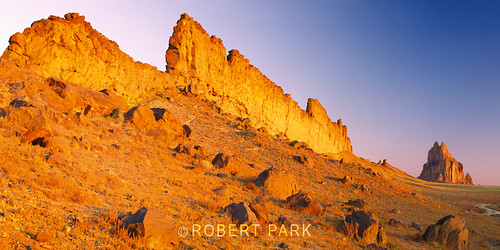Via Flickr:
This incredible canyon has been created over many thousands of years by the relentless forces of water and wind, slowly carving and sculpting the sandstone into forms, textures, and shapes which we observe today.
The views in Antelope Canyon change constantly as the sun moves across the sky, filtering lights softly across the stone walls. These ever-moving sun angles bounce light back and forth across the narrow canyon's walls, creating a dazzling display of color, light, and shadow that reveals forms and figures throughout the day.
Rose Bud is an abstract impression of the delicate flower buds of a rose found in Lower Antelope Canyon.



